Honma TW757 S Driver Review
Earlier this spring, Honma unveiled their T//World TW757 collection, including two drivers, fairway woods, hybrids, and three sets of irons. Honma is known for craftsmanship, so it should be no surprise that this collection looks stunning from the top down. But Honma is not just a pretty face, as there is plenty of technology to talk about, especially regarding the TW757 S driver, so let’s dive in.
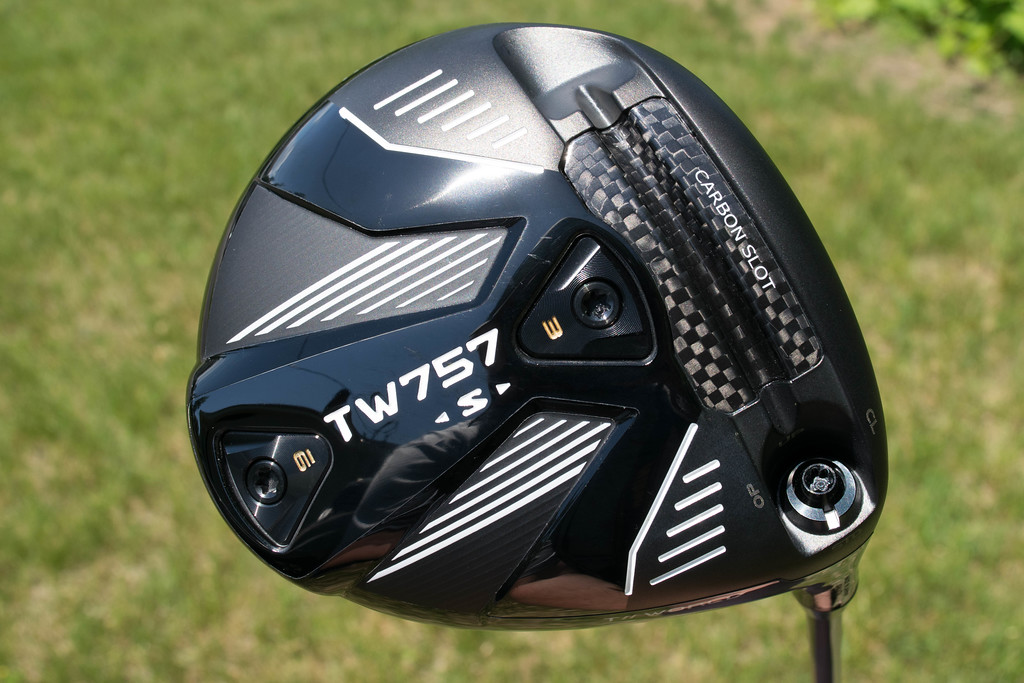
Carbon fiber is so prevalent in driver design these days that it almost seems like a race within the industry to see who can cram more of this material into their next release. Honma has been no stranger to using carbon fiber in their drivers, especially when you look at the engineering that went into creating the TiCarbon+Fast Frame for the TR20 driver heads back in 2020. In 2022, one company made a driver with a carbon fiber face, which, while new in recent designs, has been seen in the industry previously. Honma did not go in that direction, but they found another location for carbon fiber that hasn’t been used before, which is the sole slot on the bottom of the TW575 drivers.
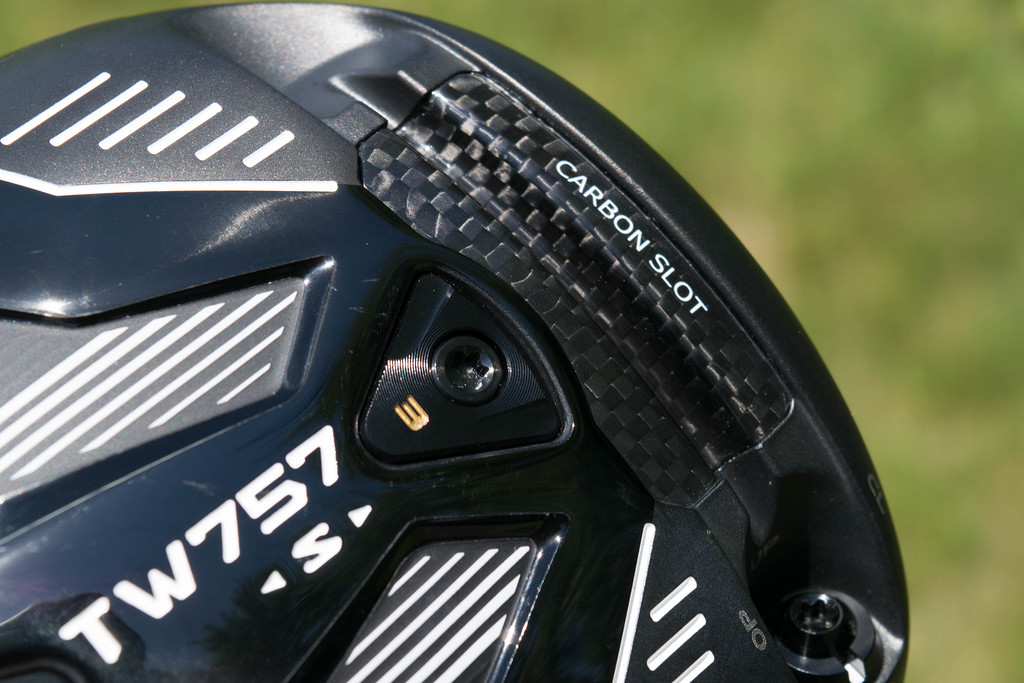
Sole slots/channels have proven to be an effective way to boost ball speeds on strikes across the face, be it a driver, fairway, hybrid, or even an iron. As part of this new Tour World driver line, Honma is introducing us all to the Carbon Slot. Nice to meet you. As part of this design, a thinner layer of titanium is supported by a lighter-weight carbon insert, which is more responsive and helps the TW757 drivers achieve Honma’s fastest initial ball speeds. As an aside, the presence of the carbon slot also helps make the sole of this club achieve a particular coolness factor.
Speaking of the sole, the TW757 S driver has two moveable weights that stretch front to back along the middle of the clubhead. Positioning the heavier weight in the rear port helps boost the launch and MOI of this 450cc head. On the flip side, moving the heavier weight to the front will lower the spin, drop MOI, and give golfers a flatter launch angle. The two stock weights are 3 and 9 grams, with other weights available for purchase.
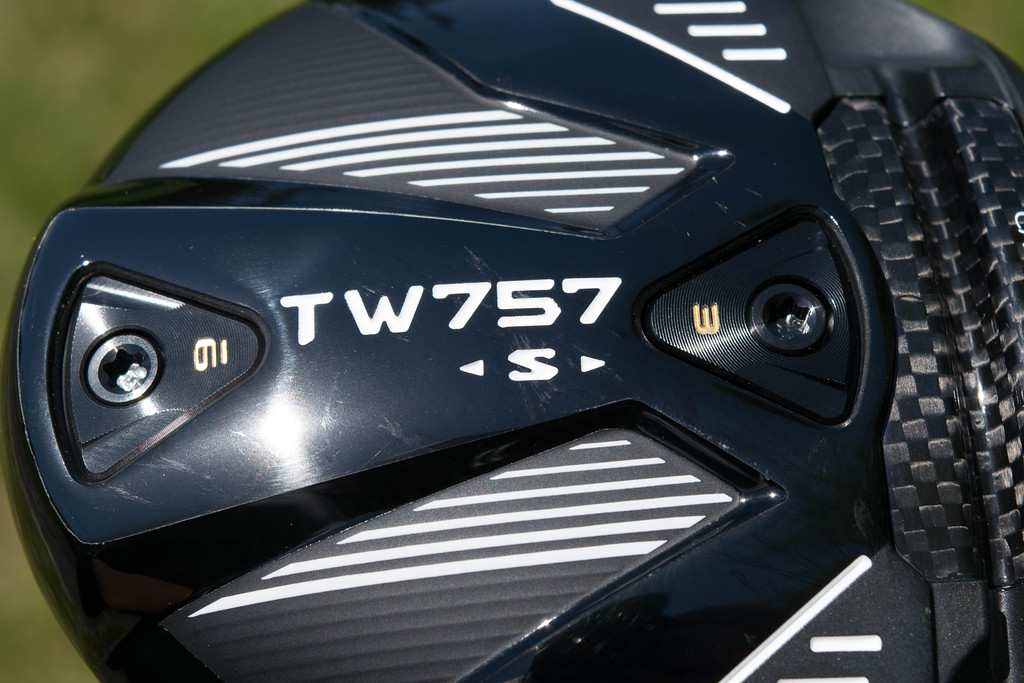
Aiding in the fitting process is Honma’s P-SAT adjustment sleeve. P-SAT stands for Precision Spine Alignment Technology, and it certainly stands out against every other manufacturer’s adjustable hosels. Honma’s design here has an adjustable ring on the screw side of the adapter that has to be adjusted with a provided alignment sleeve and wrench. When Honma adds one of their Vizard shafts to the clubhead, that shaft has been spine-aligned into that 6 o’clock position. Since the only moveable part of the shaft adapter is located around the screw, the shaft itself does not rotate, meaning that no matter what setting the golfer uses, the shaft will remain perfectly spine aligned. It also means that the graphics will stay put, which will please the OCD golfer. Finally, because there are no rotating parts above the hosel, Honma’s P-SAT adjustable system presents a clean look that gives the appearance of a bonded clubhead with no extra bulk. As for adjustments, users can adjust the loft +/- 1°.
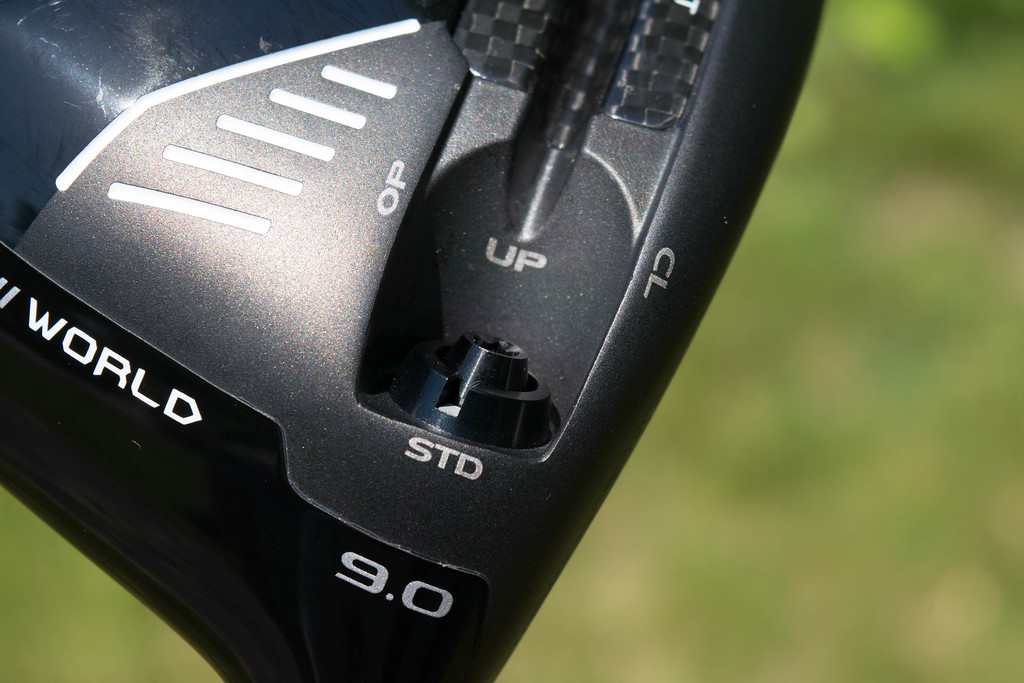
Honma has two different driver heads as part of the TW757 lineup, the D, which offers a larger body, more draw weighting, and more forgiveness, and the S, which is the driver I used during testing. Out on the course, the 450cc head hits that sweet spot of classic-looking shape with the modern flair of a glossy carbon fiber crown. Behind the ball, this driver looks even more compact than it is, something that a better player who wants to shape the ball will enjoy.
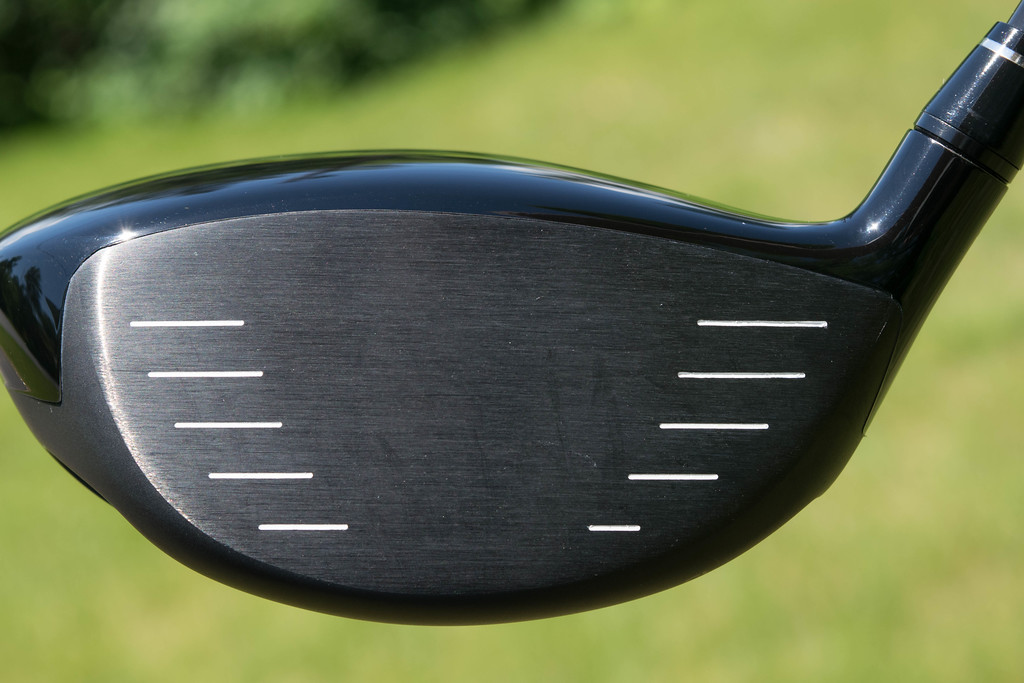
Throughout the review process, multiple configurations were tested, eventually finding the best setting for my swing. The ability to move weights and alter the loft makes the TW757 S a driver than can be fun for someone who likes to tinker. With the 9-gram weight positioned in the back, it is forgiving enough for a club of this profile. When I moved that weight forward, I did not have the same control I experienced with weight pushed back, which was evident on the course. Control was the most significant change I witnessed from switching the weights around. I only saw roughly a 200-250 rpm spin difference on the launch monitor, although your mileage may vary.
In my preferred setting, the TW757 S produced a high ball flight that was neutral in shot shape, setting up perfectly for the better player who wants to work the ball. For distances, I was in line with what I have been seeing from some other current drivers, but by no means would I call this the longest I have hit. This driver was more about control and workability for me, which played well on the course.
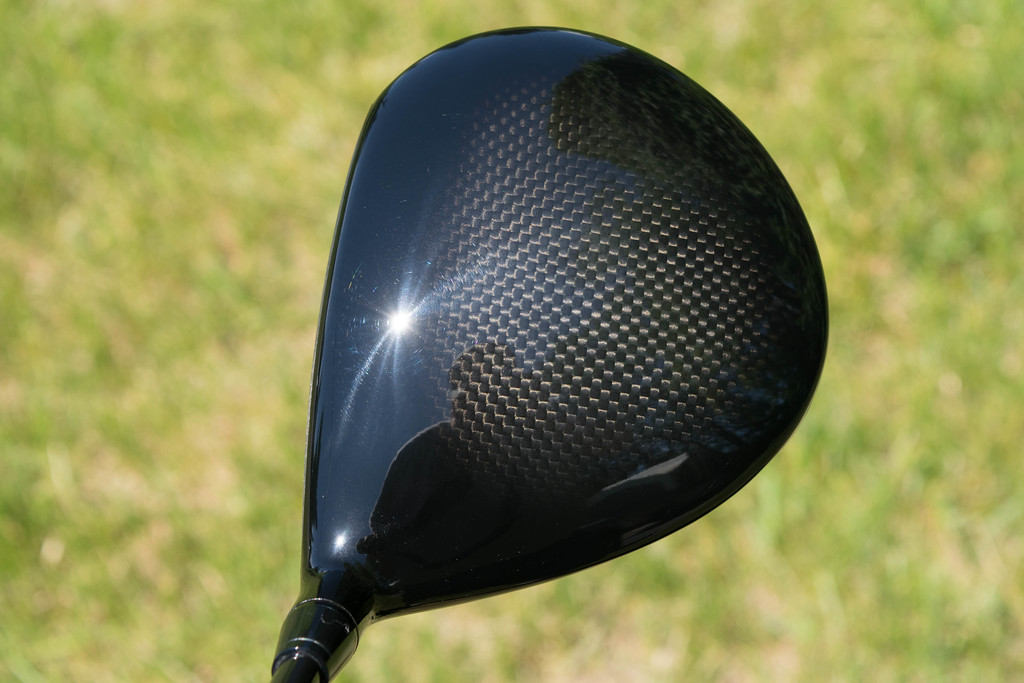
With as much carbon fiber that is present in this head, between the carbon slot, crown, or other components of the updated Ti-Carbon Fast Frame, one might expect that the TW757 would have more of a dull sound, but that is not the case. Even though it’s a touch louder than expected, it still gives a solid carbon fiber crack through the ball. If we equate sound to feel, then the TW757 feels explosive, which I don’t always experience when it comes to sub 460cc driver heads. For feedback, I picked up on a noticeable difference in sound/feel as contact traveled along the vertical axis. Low strikes, likely thanks to the carbon slot, felt softer compared to contact in the upper portion of the face, which felt much more on the firm side. There were plenty of times when I would find the top section, and the sensation was so tense that I felt like I had hit it off the crown. The results were nothing to complain about, but early on during testing, there was that second of panic to ensure no marks along the topline. After all, nobody wants to see one of those marks on a driver, especially if they just spent over $700 for it.

Finally, when it comes to shafts, Honma prides themselves on taking a holistic build of the golf club. Every component, from the head down to the grip, is crafted to play in perfect harmony. Prepared for the TW757 driver is the VIZARD 757 50. Regarding the profile, this shaft has a stiffer mid-section with a softer tip, which helps achieve that launch we mentioned earlier. At its stock length, this driver plays at 45.5″, longer than drivers that generally end up in my bag. That said, I found this entire setup easy to feel throughout the swing, leading to a driver that was easy to control.
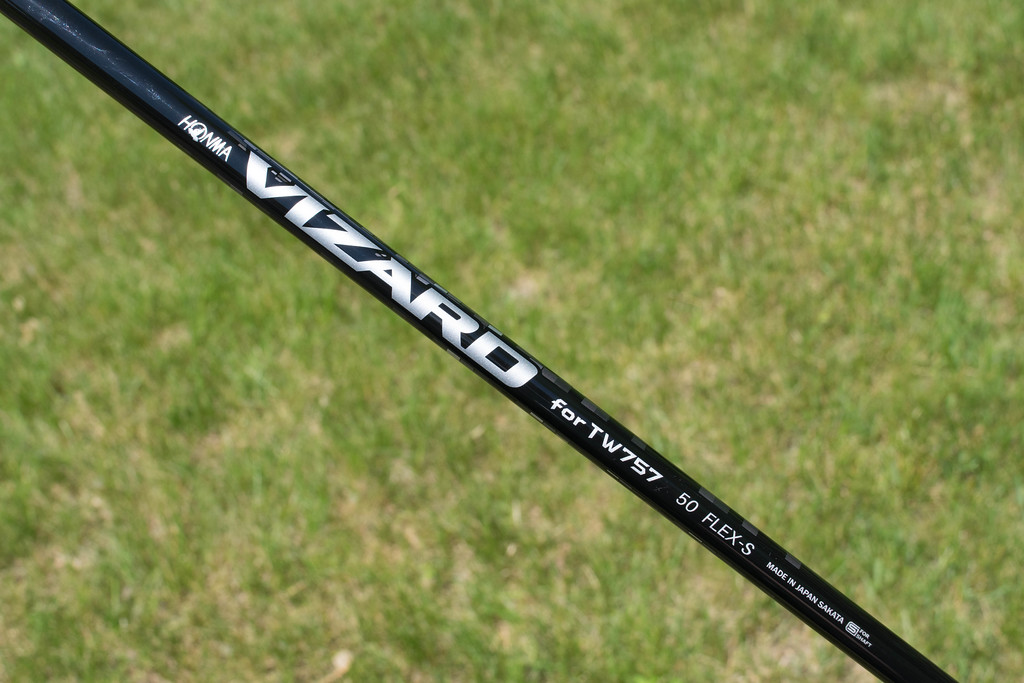
Have you ever given a Honma driver a try? If you live in North America, Honma is likely not a name at the top of your list when going out and searching for a new driver. There is still some unfamiliarity with many golfers on what Honma offers. Since the TW757 S driver is the second piece of equipment I have personally experienced out of the TW757 lineup, it’s easy for me to say that they are worthy of a look. Golfers who want to play a driver more compact than the 460cc models that flood the marketplace while still getting some cutting-edge technology should consider demoing this.
More information on the TW757 S driver is available at www.honmagolf.com.
The Details
Price: $719.00
Lofts: 9°, 10.5°
Length: 45.5″
Lie: 57.5°




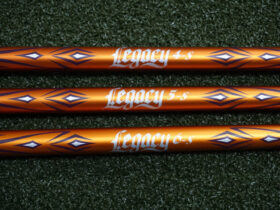







Do you why they choose to go 10cc smaller? I doubt it is really that much of a difference in size overall when put against a max 460 driver.
I think the 10cc smaller helps them make a driver shape that looks more on the classic side. They’ve previously offered multiple sized heads in their TW lineup so it kind just fits with their past too.
Something about the shaping is just perfect to me. I know that’s something that they call out in their promotional material – that they still spend time designing by hand, and I think it does help.
i love that part.
Maybe it’s more noticeable because Callaway nailed the muted sound of the Rogue St line, but this is louder. Not nearly anything crazy, but certainly louder than I would have thought with all that carbon.
I think the Beres is 100% titanium, so it’s not apples-to-apples, but that thing is loud. Not offensively so – it’s a relatively pleasant higher pitched sound. But it’s loud. Wonder if that’s a preference from the folks at Honma. Turn some heads on those quadruple decker driving ranges over there in Japan.